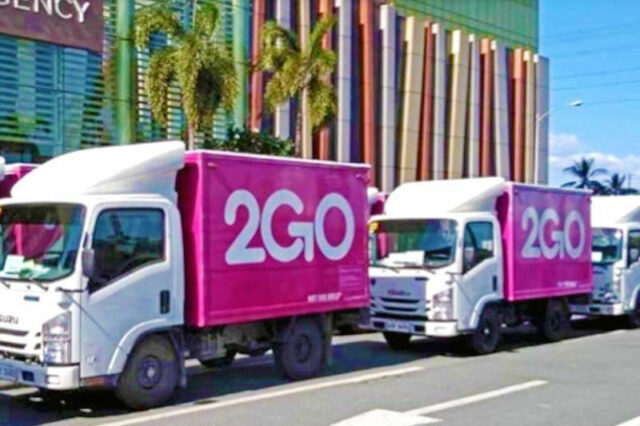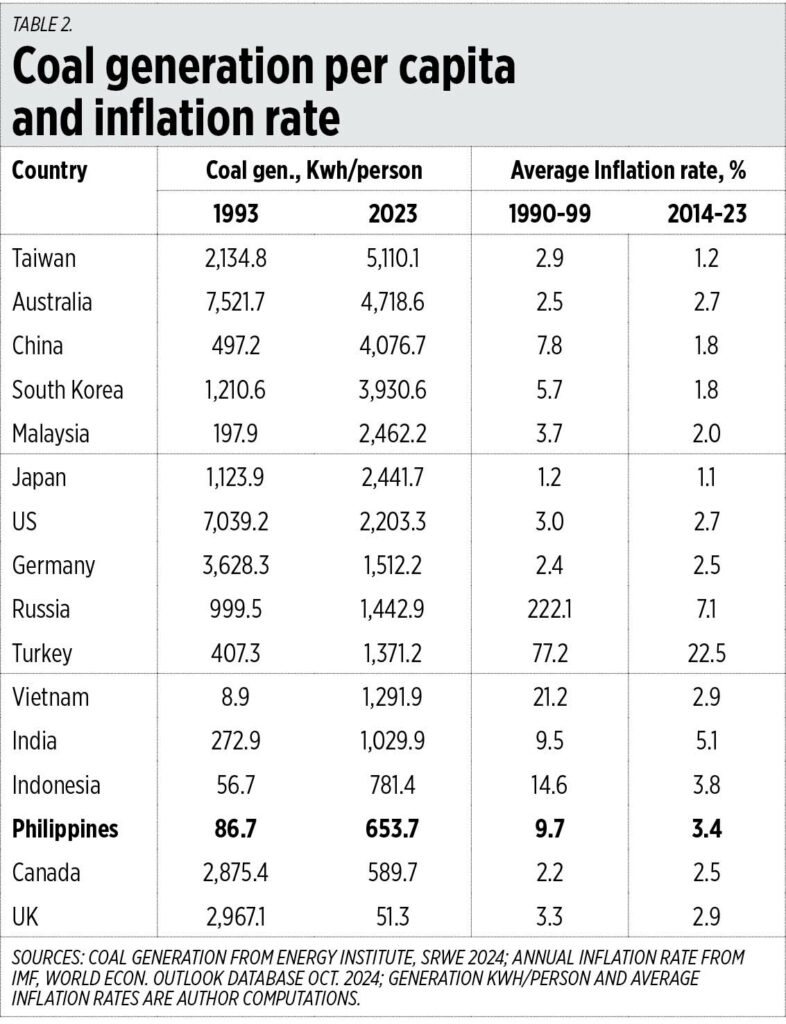CSB, Game Developer Association sign MoU to upskill students
THE Game Developer Association of the Philippines (GDAP) and the De La Salle-College of Saint Benilde (DLS-CSB) recently signed a memorandum of understanding (MoU) to provide workshops and seminars for students looking to enter the gaming industry.
“This shared venture seeks to advocate for student internships, along with exposure and immersion trips for the faculty and associates,” GDAP said in a statement.
The partnership is also looking to endorse the micro-credentialing of Benilde courses are relevant to GDAP and the industry.
GDAP serves as the country’s premier digital game development trade association. It aims to support growth in the digital gaming industry by spreading awareness and engaging in academic linkages.
“With GDAP’s expertise in the field, the cooperation intends to provide cooperative workshops, seminars, and conferences for the Benildean community as well as the public,” it said.
GDAP President James Ronald Lo said this is the group’s first MoU with a school, which is expected to help in increasing digital gaming professionals in the country.
The partnership between GDAP and DLS-CSB is about building the future of game development in the Philippines, said DLS-CSB Chancellor Benhur A. Ong.
“We incorporated on a business journey to create the very first full game development education curriculum in the country,” Mr. Ong was quoted as saying.
The school’s game design and development program took 15 years to be finalized, Mr. Ong said.
In 2009, DLS-CSB first introduced gaming design as a program with its Bachelor of Science in Information Technology degree with specialization in Game Design and Development.
The revamped program, the Bachelor of Science in Interactive Entertainment and Multimedia Computing, was launched in 2015.
“We’re not only equipping our students with the skills they need. It’s also about helping them engage with real-world challenges,” Mr. Ong said.
“We hope that the aim is clear — to bring academia into the industry so that our students can be game changers.”
DLS-CSB ROLLS OUT ONLINE ENTRANCE EXAM
Meanwhile, DLS-CSB also announced the implementation of a fully online entrance examination with computer-aided proctoring.
The revamped Benilde Entrance Examination (BEE) aims to offer a flexible and accessible exam option, the school said. The online BEE will be rolled out for the application period for academic year 2025 to 2026.
“To ensure academic integrity and fair assessment, the system translates the traditional paper-and-pencil exam into a timed computerized test format that utilizes advanced technology for delivery and security. It likewise adopts facial and voice recognition technology to evaluate the environment, movement, and behavior of the candidates,” it said in a separate statement.
“Through this new modality, applicants may accomplish the exam remotely provided that they have a laptop or desktop and a stable internet connection. The technical requirements likewise include a webcam, external microphone or headset, and a mobile phone to be used as a secondary camera.”
Applicants will receive exam schedule confirmation and instructions via e-mail and will have to complete a pre-test check prior to the exam.
“For those who need specific assistance or accommodation, the college will offer in-campus examinations to be held at the designated computer laboratory on identified schedules,” DLS-CSB said. “Students are expected to accomplish the BEE without aids and tools, apart from plain bond paper and pencil during the Mathematics Exam.”
Both the online and on-site exams will still be monitored by a human proctor, it added. — Beatriz Marie D. Cruz



















